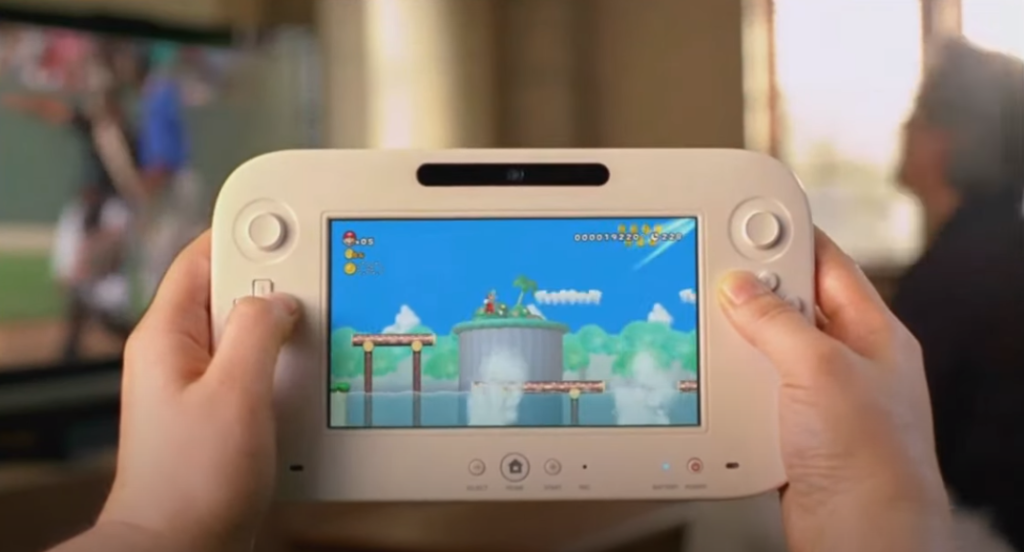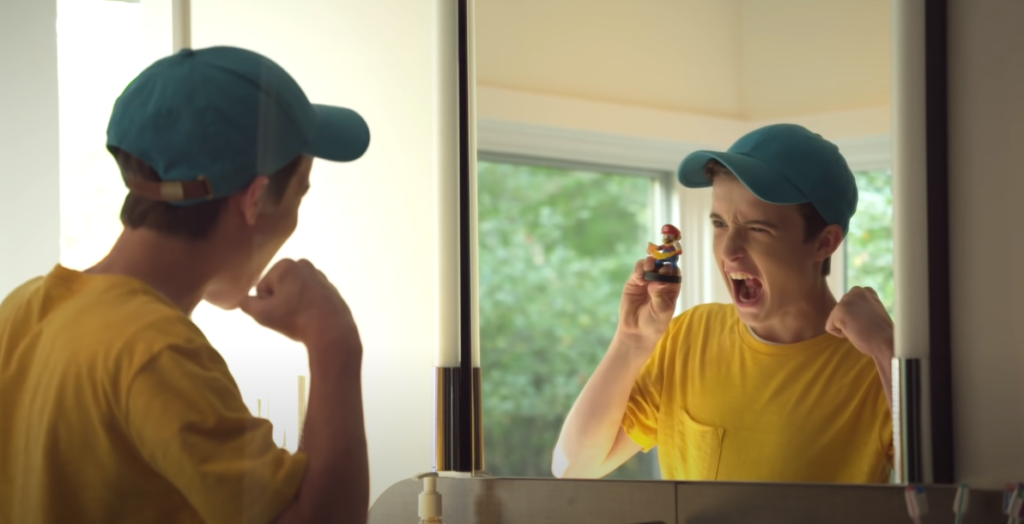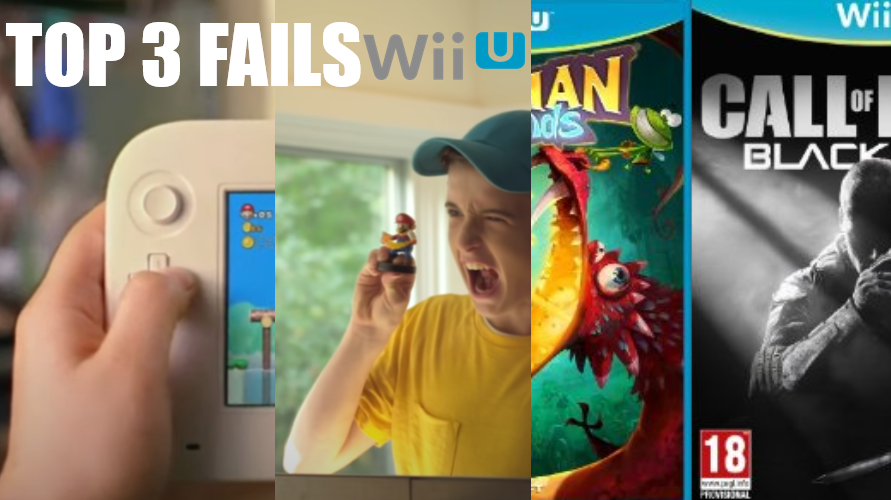On November 19th, 2006, Nintendo released a little console called the Wii. It completely shifted Nintendo’s main audience and consumer market to a more family-friendly picture. The Wii was a console meant more for families. In 2006, your grandparents probably didn’t own an Xbox 360 or a PlayStation 3. However, they probably owned a Wii. The Wii was interesting for many reasons. Compared to the other consoles of the generation, the Wii didn’t convert to HD, the system was very underpowered, and some saw the motion controls as silly. Despite this, the Wii came out on top during the 7th generation selling over 101 million units worldwide. Then, five years later at E3 2011, Nintendo showed off the Wii U. The system was basically the Wii but its main controller was the GamePad, which had its own screen for playing games by itself or with the TV as an extra screen like on the DS and 3DS. However, it was a complete home console. The Wii U preceded the Wii’s 100 million in sales with roughly 13 million sold. Why? The Wii U wasn’t a bad console, but it had many issues that pulled it back from the title of successful. So, here’s three reasons why I believe the Wii U failed, and if fixed could have resulted in a more successful video game console.

1. Did it Even Exist?
Some people might be confused about what I mean by this, but others will not. Did the Wii U even exist? Well, some didn’t know. See, back at E3 2011 when Nintendo first showed off the console, they did so in a very strange way. They showed an announcement trailer and let E3 attendees play ‘demos’ instead of actual games, stating that everything consumers played was a concept and not at the intent of being released as a normal game. Some of this was true, but others weren’t, including a demo based on what would later become New Super Mario Bros. U and some of the minigames in Nintendo Land. But the worst part was the console trailer. The three-minute preview showed off “the new controller”. That’s what is stated throughout the entire video. “Play with the new controller”, “Draw with the new controller”. It also didn’t help that while promoting only the GamePad, it also showed people playing with Wii remotes and the Balance Board. At E3 2011, Nintendo hadn’t made it clear that this new console was a new console that was compatible with the new Wii U controllers and the Wii controllers. The Wii U was more like a Wii 2, and the name ‘U’ did nothing to present that. Because of this, many people were befuddled about what Nintendo’s new system was, and if it was a new system at all or just an accessory for the Wii.

2. Advertising & Pricing
This next reason is very similar to the first one, but more of a post-launch version. There was one point that was clear about Nintendo throughout 2012 and 2013: Nintendo had no idea how to market this strange device. Nintendo’s marketing team seemed so perplexed on how to promote the Wii U. The ads were awful, just including kids and parents playing games with the Wii U GamePad and Wii remotes. Like at E3 2011, Nintendo was extremely vague on what the Wii U was. The commercials had slim to nothing about the Wii U being its own standalone thing instead of a Wii accessory. Plus, the advertisements almost seemed absent! I remember my dad telling me that he never knew about the Wii U until I told him about it, which was in 2015! Nintendo made some really bad advertisements as well, like that forbidden commercial with the kid and the Amiibo playing Smash Bros. It’s just so bad, like don’t watch it. Ever. But Nintendo also didn’t seem to have a good enough reason to buy a Wii U, especially when the cost was $350. There were two models: the basic and deluxe sets. Both had pretty bare accommodations and a lack of storage (like most Nintendo systems). Seriously, the Deluxe Set included only thirty-two gigabytes! Nintendo just couldn’t find how to market this crazy, expensive, interest-lacking machine well, and it resulted in a downfall of the Wii U.

3. Lack of Third-Parties
Listen, there were some fantastic games for the Wii U, but how many of those were made by third-party studios and not published by Nintendo? Well, not many. The Wii U just wasn’t powerful or popular enough to support the big third-party games at the time. The few third-party offerings on Wii U were also far inferior versions from the variants on other consoles, with awful processing power and even possibly some excluded parts. Since there were mainly just Nintendo’s offerings or games Nintendo published, many people didn’t focus on the Wii U as an outlet for third-party titles. Plus, like the Wii, there was so much Wii U shovelware. There wasn’t as much as on the Wii, but there was still a trivial library of games on the Wii U. There was also very random crap found all over the console’s eShop, which made no sense to be there and felt like Nintendo never approved of the game on their online store. The Wii U was basically just bought by those who wanted to play Nintendo’s games, like Mario Kart 8 or Super Smash Bros. for Wii U. Everything else was just bare. The Wii U library was essentially either Nintendo’s offerings, Nintendo-published offerings, or shovelware – with nothing in between.
Like I said, the Wii U was not a bad machine. While it was very underpowered and not really worth it for the crazy price, especially with the loss of great third-party games that were only coming to Xbox One and PlayStation 4, the Wii U was still one of Nintendo’s best consoles. Its first-party library included incredible titles, the machine itself had a neat (yet underused) gimmick, it was Nintendo’s first HD console, and it was even backwardly compatible with the Wii – even its home screen and some channels! The Wii U really was a gem, and it’s sad that it failed so fast. If you never got a Wii U and never got to play its impressive library, Nintendo has rereleased or made worthy sequels for many of them on Switch, including Super Mario 3D World, Super Mario Maker, Splatoon, and so much more. What are your Wii U memories? Let me know below in the comments.

